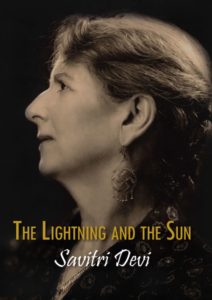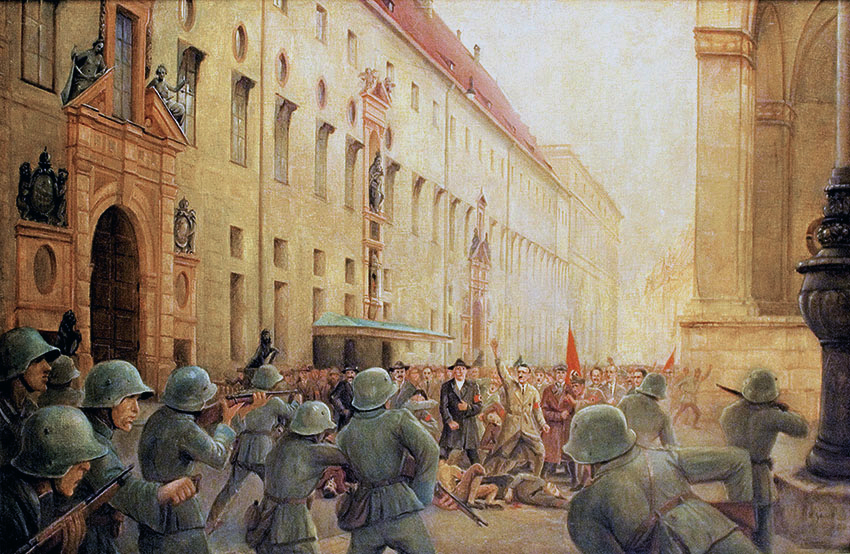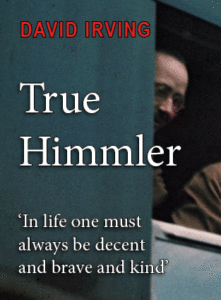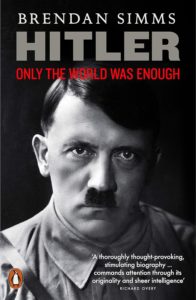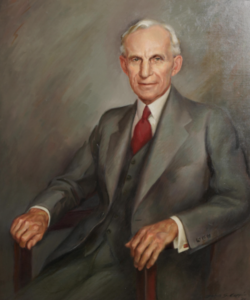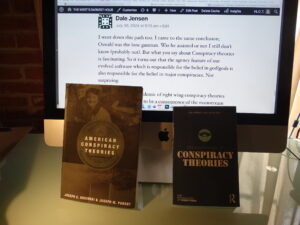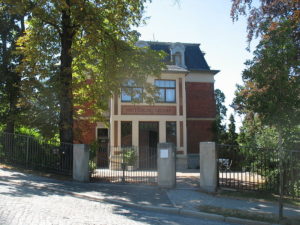and the Sun, 4
The ideal in the name of which Adolf Hitler constantly rebelled against practically all he saw in living life — already as an adolescent, and then more and more as a young man and as a man thirty and over thirty — was nothing less than that which I have described in this book as ‘a Golden Age ideal’; the inner vision of a healthy, beautiful and also peaceful (necessarily peaceful) world; of thereal earthly paradise, faithful image of cosmic perfection, in which righteousness prevails as a matter of course. There can be no doubt about it if one reads not only that interesting story of his youthful years which his friend A. Kubizek has written, but also all that he wrote and said himself in later, active life. And in an epoch such as that in which we are now living — when, all over the world, every possible attempt is made to present him not merely as ‘a war monger’ but as the ‘war criminal’ number one, — it is not superfluous to stress the fact that Adolf Hitler was, not only at the dawn of his awakening as a ‘Man against Time’ but all his life, ‘a bitter enemy of war’[1] as such; the fact that he was by nature ‘gifted with deep sensitiveness, and full of sympathy for others’[2]; that his programme was essentially a constructive one, his struggle, the struggle for an exalted, positive aim, his aim: the regeneration of higher mankind, of the only section of mankind worth saving […]
Editor’s interpolated note: My emphasis! Remember the Parrish painting emblematic of our ideals from the first incarnation of The West’s Darkest Hour, when I was blogging on Blogspot.
[…] and, ultimately, through the survival of regenerated higher mankind, the restoration of the long-destroyed harmony between the cosmic Order and the sociopolitical conditions on earth, i.e., the restoration of Golden Age conditions; the opening not merely of a ‘new era’ for Germany, but of a new Time-cycle for the whole world.
It is not superfluous, in times like ours, to remind the reader of all the Führer’s efforts to avoid the Second World War, even at the price of heavy concessions, and then, (when this had proved impossible) to stop it, while it could yet be stopped. It is not superfluous to recall the words he addressed his old friend Kubizek on the 23rd of July 1940, i.e. when, from a military standpoint, all seemed to be going on splendidly; when the Swastika Flag was fluttering over public buildings in the capitals of seven conquered States, — ‘This war thrusts us years back in our constructive work. It is deplorable. I have not indeed become the Chancellor of the Greater German Reich in order to conduct war!’[3] Not only was he against war for war’s sake (or for the sake of worthless motives) but he was against any form of useless violence, not to speak of ‘useless cruelty,’ which was, under the Third Reich, according to law and (whenever detected) also in fact, a severely punishable offence.[4] The news of even such an understandable outburst of broad-scale revengefulness as that which took place during the ‘Kristall Nacht’ (8th-9th of November 1938) — attacks on Jews and Jewish property, and burning down of synagogues in answer to repeated Jewish provocation, — brought him ‘to the pitch of indignation.’[5]
That inborn reluctance to wanton violence is a trait common to all those whom I have called men ‘above Time’ (such as King Akhnaton, the Buddha, or Jesus Christ) and to the great fighters ‘against Time,’ Founders of new religious and cultural eras, such as Lord Krishna or, nearer to our times, the Prophet Mahomet, the only men with whom Adolf Hitler can be compared if one feels at all the necessity of drawing historical parallels.
Editor’s interpolated note: I will talk about Akhenaten at the end of this series on Savitri’s book. For now, I would just like to say that Savitri lived when historiographical criticism of many of the supposed founders of religions had not yet been done. Nowadays, some scholars have come to question the historicity of Krishna, Buddha, Jesus, and even Mohammed.
It is one of the signs that his ultimate aim remained — like theirs — a state of deep-rooted, lasting, (more-than-human) harmony, not of conflict among men; in other words, I repeat, a restoration of the original Golden Age conditions upon earth, the only conditions under which absolute health — which means: perfection, — ever prevailed. Considered in the light of such an aim, every necessary violence is a ‘deplorable’ necessity (to quote once more Adolf Hitler’s own words about, the Second World War in 1940). Every unnecessary violence is a denial of the spirit of such a struggle ‘against Time’ as that of National Socialism for power; a foolish provocation of the Dark Forces that stand in the way of its success, and. therefore a sin against the Cause of Truth. And that is the real, deep meaning of the Führer’s bitter words, addressed to Dr. Goebbels at the news of the ‘Kristall Nacht’: ‘You people have thrust back National Socialism, and spoilt my work for many years when not for good, through this nonsense!’[6]
_______________
[1] August Kubizek, Adolf Hitler, mein Jugendfround [Adolf Hitler, Friend of my Youth] (Leopold Stocker Verlag, 1953), p. 294.
[2] Ibid., p. 44.
[3] Ibid., p. 345.
[4] It is a fact, for instance, that Martin Sommer was, in 1943, i.e. under the N.S. regime and by a N.S. tribunal, sentenced to three years imprisonment for ill-treating internees in the Buchenwald concentration Camp.
[5] Konstantin Hierl, In Dienzt für Deutschland, 1918-1945 [In Service of Germany] (Heidelberg: Vowinckel, 1954), p. 138.
[6] Hans Grimm, Warum? Woher? aber Wohin? [Why, Whence? but Whither?] (Lippoldsberg: Klosterhaus, 1954), p. 184.
